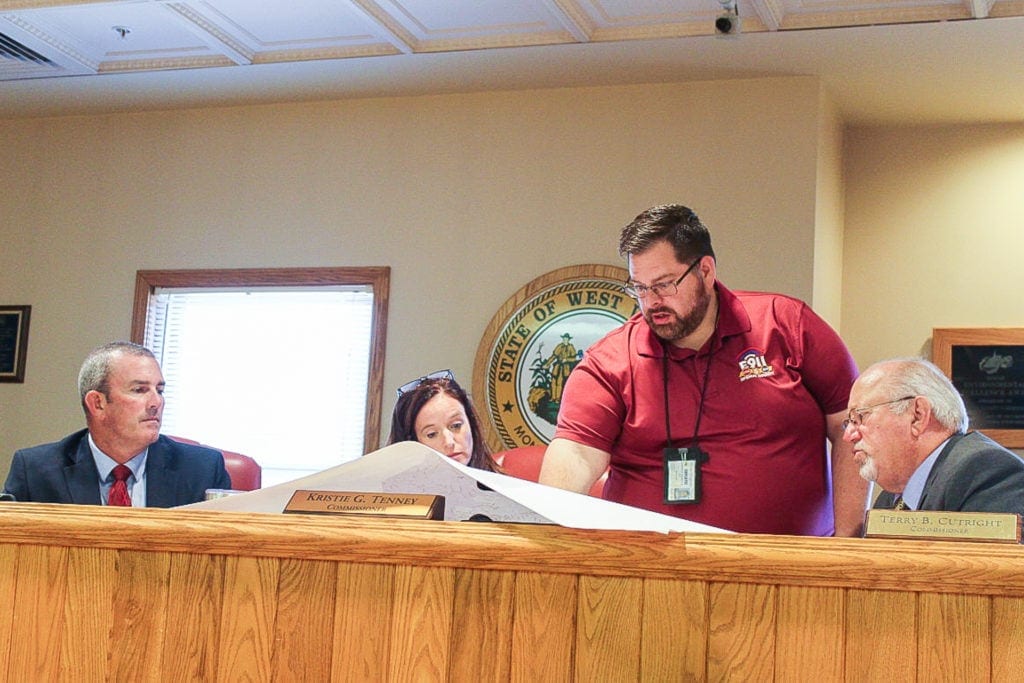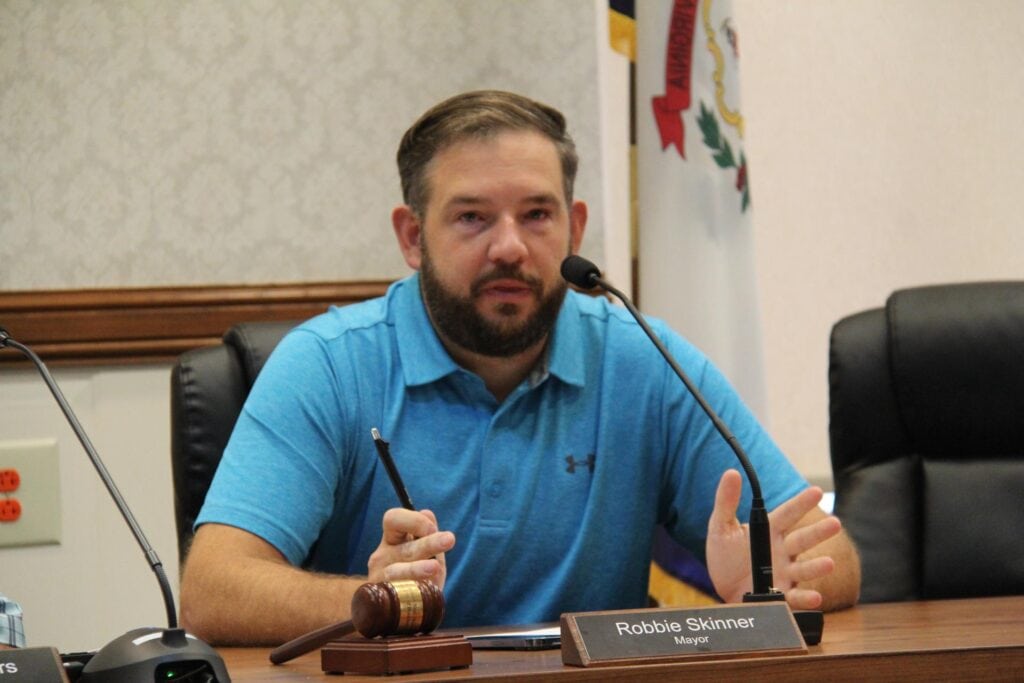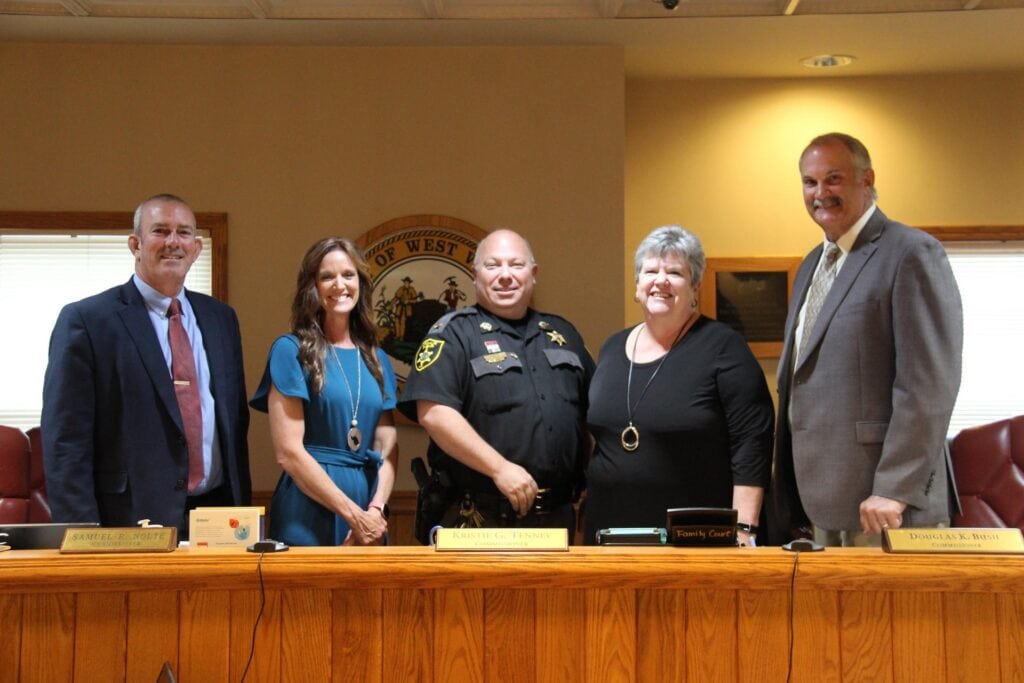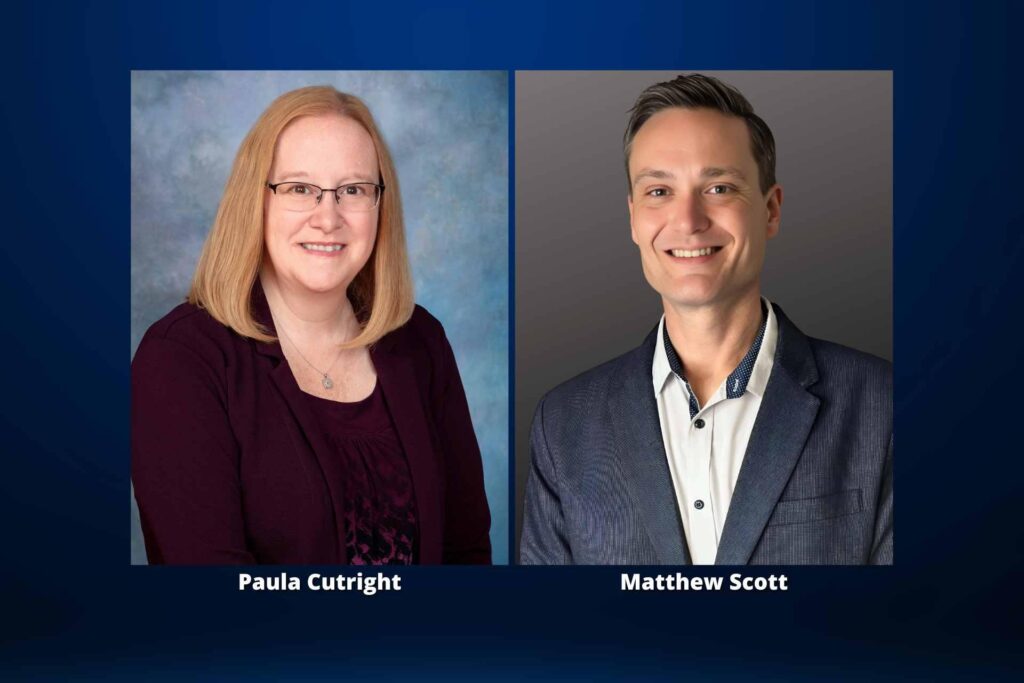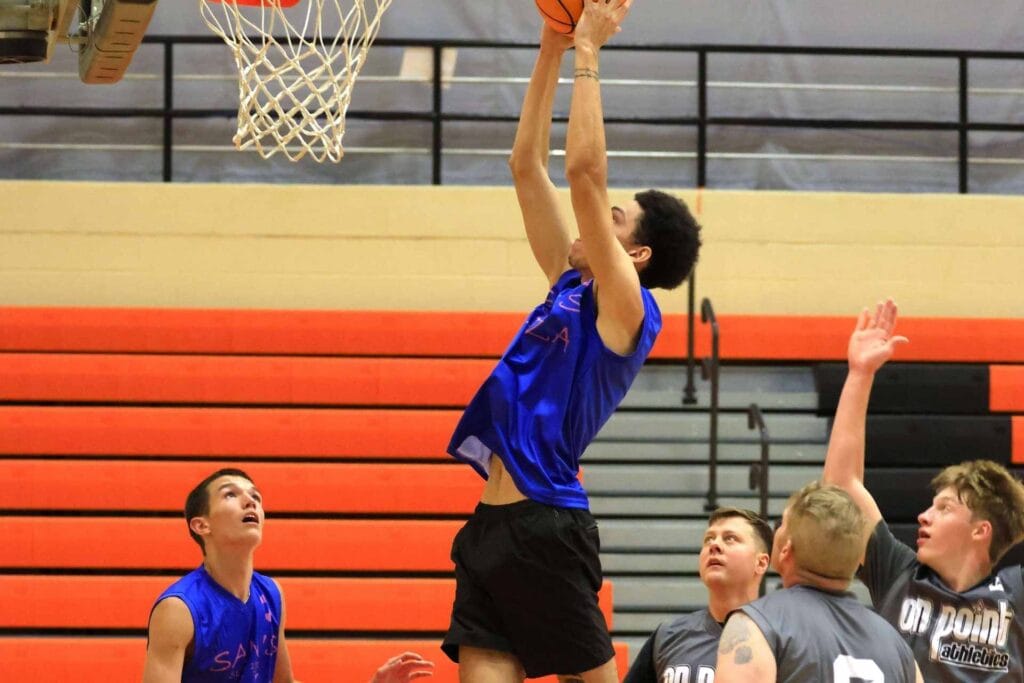BUCKHANNON – The Upshur County Commission on Thursday received an update on the new CAD system – or computer-aided dispatch system – recently installed at the E911 Communication Center.
E911 Director Doyle Cutright attended Thursday’s commission meeting to give an update on the new computer-aided dispatch system, which helps telecommunicators dispatch Upshur EMS and other first responder agencies to the scenes of a variety of emergencies. Cutright said his office installed the new system over a two-day period, Aug. 20-21.
“In the implementation process, there is just retraining that muscle memory of going to a whole new system, and we found some quirky things that we are ironing out as we go,” Cutright said. “Overall, I think everyone truly does like the new system. The information it will hopefully contain is going to be extremely vital, not only for law enforcement, but for EMS and for fire.”
He said the new system is meant to house everything in one file for law enforcement. Before this system was installed, there was only one terminal through which telecommunicators could run driver’s license checks, security checks and plate checks. Now, all the terminals will be capable of completing the checks.
“When we run those, it automatically becomes a part of the file,” Cutright said. “So, 10 or 20 years from now, when they’re (law enforcement officers) going back and opening up a cold case or something like that, and they say ‘I know I stopped that vehicle on this road … I need to know who that person was for that vehicle,’ that sort of thing, it’ll all always forever be a part of the main file.”
Her said another bonus to the system is that it is more automated.
“Previously, when we would conclude an emergency medical call, we would have to print out that document to turn around, fax it to the EMS director who would then print it out,” Cutright said. “We were shredding hundreds and hundreds and hundreds of pages a day. So, depending on the number of calls, now that system is automated, so we don’t print it out. It automatically gets sent straight to their fax from the system. Also, the director gets an email copy of it as well.”
He talked about how text paging has expedited the dispatching process for firefighters as well; that’s because the previous system required telecommunicators to manually enter the information and then send it out.
“Now as soon as we assign a fire unit to that call, it automatically sends them the text notification and in comparison to the old system, sometimes when we would send the text page, it would take upwards of a couple minutes for that system to process the information, and send it out to all the members,” Cutright said. “Then, it was dependent on their carrier how quickly they got that information. Now, having things sent to my phone, it happens within about 10 to 20 seconds.”
He said there’s one thing they’re still working on, and that’s the Geographic Information System or GIS.
“The big thing is, we’re working on updating some GIS data in our system, and Terri Jo’s (Terri Jo Bennett, addressing and mapping coordinator) been very helpful in providing us with some GIS data. The thing that we’re running into with that is the way that the GIS data was initially created. The system can’t triangulate locations, and so we’re working with Terri Jo on how we’re going to rectify that – that’s going to be an ongoing project.”
The old system would assess a response based on a road name and telecommunicators could manually manipulate the data to say they needed a specific response on that road, whether it was a county or city roadway. Then, fire chiefs could determine who they would want as their second or third due fire department on scene, Cutright said.
The term “first due” refers to an area of the county for which a certain fire department – the Buckhannon Fire Department, for instance – is primarily responsible and usually expected to arrive at first in the event of a fire or other emergency.
“In the new system, the only way replicate that is we would have to either create a specialized response for every structural point that we have in the county, which is not a feasible task or you can create a response based on a service zone and for some service zones, that could be relatively easy,” Cutright said. “They may use the same primary, secondary, third or first due but for certain areas [that] may be on the border of a neighboring county where they use county resources, we will have to go back in and basically depict those areas.”
He said what they are looking for are areas in each zone that may require a different kind of response, with specific equipment or vehicles.
“What we need to do is we need to go back into those zones, and define those areas,” Cutright said. “The fire chiefs are currently working with Terri Jo and working with each other to look at their areas and see if there are any of those areas that need to be more specifically defined.”
He explained that each zone is based off station numbers, so for station five their service zone is 85 and the system can go through and break up the area, making subsections. As a result, there could be an area 85-1 and for that area they can make a special response area.
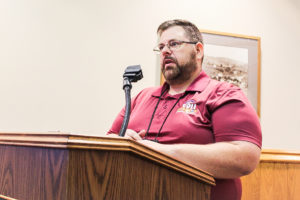
“To be very clear, we’re not changing the first due areas,” Cutright said. “I’ve asked the fire chiefs to look at their first due area that is already assigned and tell me where to depict on a map where they would have a unique response based on type of fire, based on the equipment needs and based on geographic location.”
He said he has gone to speak with the fire chiefs about setting up a secondary and a third area so the system could set up an automatic response.
“The chiefs did not feel comfortable doing that so we kind of drew back and had to say ‘well, how else can we do it?’” Cutright said. “Currently, the way that we are doing it is, we have a book – it’s 476 pages long – and it has a list of every road in the county, and it has a response and driving directions to that roadway. So, currently, until we kind of sort through this, we’re dispatching from a book.”
Commissioner Terry Cutright asked if that meant the telecommunicators are not using the CAD system yet, but Cutright said they are.
“We’re still using the CAD system, but it’s impossible for a telecommunicator to know what the response is for every road in the county. It’s just impossible. So, what we’re doing is we’re using that book as a reference.”
Commissioner Kristie Tenney Cutright asked Cutright to clarify if he had been asking the fire chiefs to identify their second and third due area.
“Correct, and to identify those areas, wherever they may be, where they have a special response or something like that,” Cutright said.
